Why this wildlife sanctuary in Cambodia is in danger – along with hundreds more worldwide
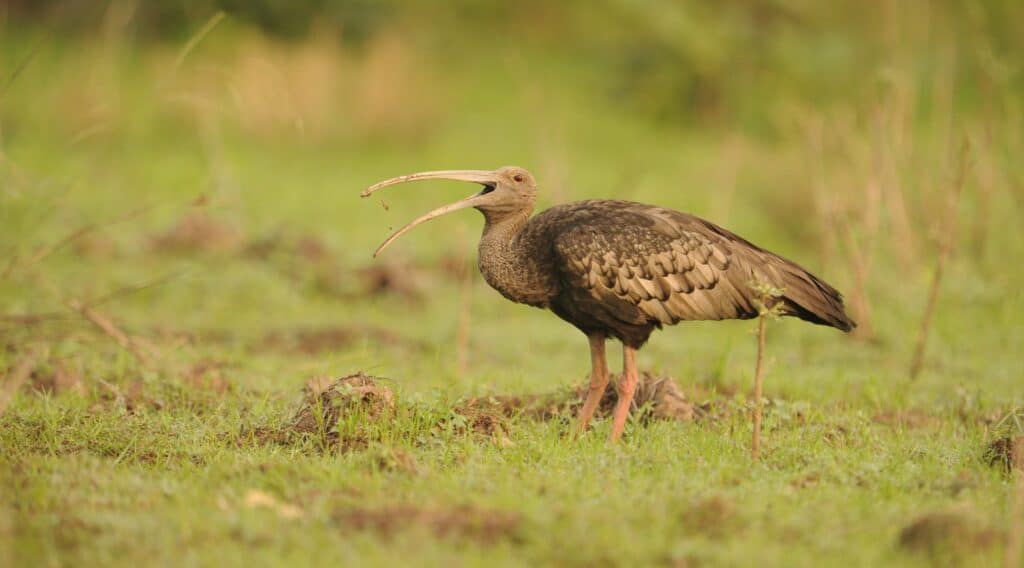
Of the 13,000 lmportant Bird & Biodiversity Areas (IBAs) identified by BirdLife worldwide, 277 are most severely under threat. Vital sites, such as Cambodia’s Lomphat Wildlife Sanctuary, are home to globally threatened birds such as Giant Ibis and other IBA ‘trigger species’. They face the most intense pressures and need our urgent help.
Hulking past a seasonal waterhole – called trapaengs here in Cambodia – the shadowy form of a Giant Ibis probes soft mud with its immense, downcurved bill. Once this Critically Endangered waterbird has unearthed enough invertebrates, it will head deep into the forest to a treetop nest – one of 10 discovered last year at Lomphat Wildlife Sanctuary. This vast site encompasses two Important Bird and Biodiversity Areas (IBAs) – including Lomphat, an ‘IBA in Danger’ where conservation action is now more urgent than ever.
Established in 1993, Lomphat Wildlife Sanctuary carries remarkable significance for wildlife. Its 250,000 hectares form part of the Lower Mekong Dry Forests, one of the world’s 200 most important ecoregions. Roughly the size of the island of Mauritius, Lomphat intersperses dry deciduous woodland with evergreen forest, and seasonally flooded grassland with farmland. It hosts populations of not one but three Critically Endangered birds. As well as around 50 Giant Ibises – perhaps one sixth of the global population, which is almost entirely confined to Cambodia – there are internationally important numbers of White-shouldered Ibis and Red-headed Vulture.
Lomphat’s list of avian VIPs doesn’t stop there. Vorsak Bou, CEO of NatureLife Cambodia (BirdLife Partner) identifies a series of globally threatened birds that “depend on the Lomphat IBA, including using its waterholes for drinking and foraging during the dry season”. Families of the world’s tallest flying bird, Sarus Crane (Vulnerable), elegantly lope through the grasslands. Both Greater Adjutant (Endangered) and Lesser Adjutant (Vulnerable) stalk the channels. Under the forest canopy, the scintillating Green Peafowl (Endangered) strides purposefully. And then there are other globally threatened taxa, including Siamese Crocodile (Critically Endangered), Asian Elephant (Endangered) and two bovids, Banteng (Endangered) and Gaur (Vulnerable). At Lomphat, even the supporting cast are stars.
By James Lowen
Header Image: Lomphat Wildlife Sanctuary is home to three Critically Endangered bird species, such as this Giant Ibis © Jonathan Eames
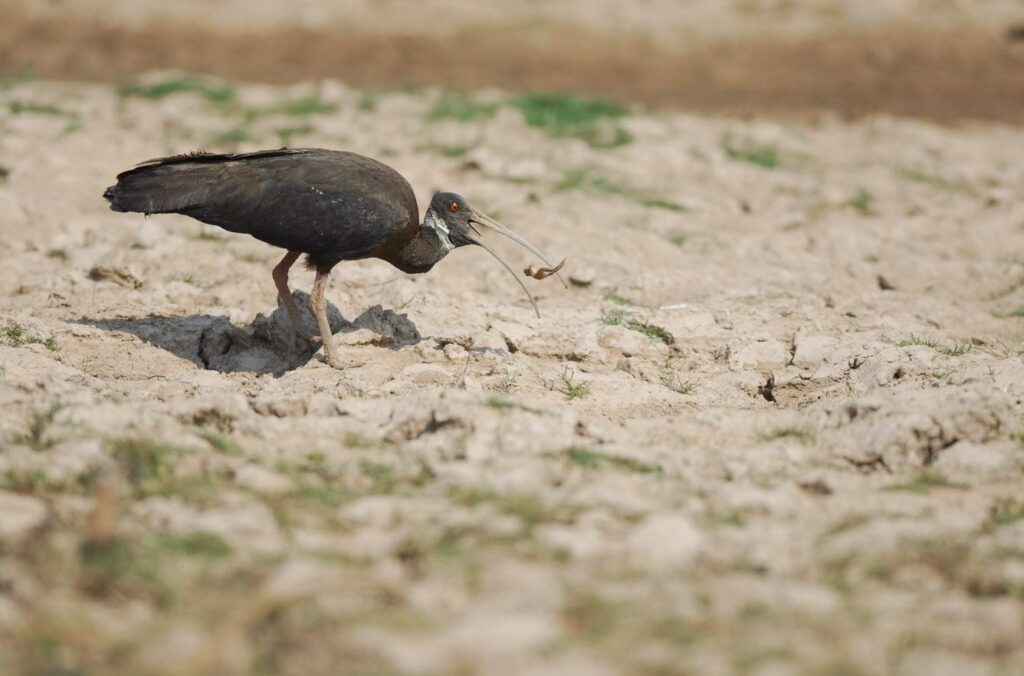
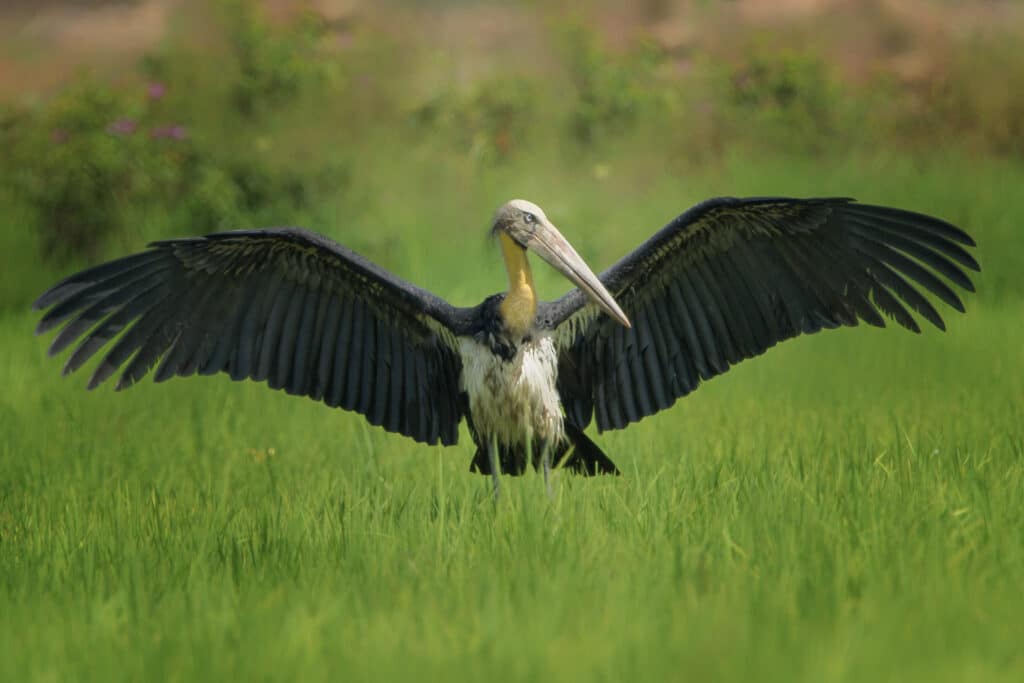
SANCTUARY UNDER PRESSURE
One might hope that such an unequivocally, empirically significant place for wildlife would be sacrosanct – safeguarded from humanity’s exploitative, even destructive urges. But conservation is rarely so simple. As many as 13,000 people, across 26 villages, live in or near this IBA. Like the wildlife, these local communities depend on Lomphat’s natural resources – from rain to grow rice, to rivers for water and fish-based protein. A bigger threat has come from a land-use policy known as economic land concessions, which grant companies rights to convert native forests into cash crops. “Concessions and land encroachment are the crucial pressures faced by Lomphat,” Bou explains. “They lead to habitat loss and are followed by hunting and snaring of birds and mammals.” From 2010 to 2018, an average of 3.3 per cent of Lomphat’s forests were felled every year.
Fortunately, Lomphat’s story is not all gloom, let alone doom. In 2013, the Cambodian government gave BirdLife International’s Cambodia Programme its blessing to strengthen protection of Lomphat. NatureLife Cambodia, Bou says, has now developed “a strategic investment plan, focusing on law enforcement and site management, biodiversity monitoring and research, community engagement and livelihood improvement, and sustainability”. These steps are already working. Rangers are patrolling key zones and employees of concession-holders are moving away from illegal hunting and trapping. Communities have been helped to use natural resources sustainably and financially incentivised to favour wildlife-friendly agriculture, including IBIS Rice, for which farmers receive a premium if they maintain environmental standards.
Lomphat’s tale of troubled importance is all too familiar. Since BirdLife developed the IBA concept during the 1980s, 13,500 IBAs have been identified worldwide, all also classified as Key Biodiversity Areas (KBAs) as they contribute to the global persistence of biodiversity. In 2013, BirdLife launched the ‘IBAs in Danger’ initiative to identify and showcase the most threatened IBAs.
Following assessments by BirdLife Partners, there are currently no fewer than 277 sites classified as IBAs in Danger. By 2020, the condition of over half the sites assessed was deemed to be ‘very unfavourable’ – an illustration of our attitude towards nature. The sites face many and varied problems – from pervasive agricultural encroachment on forests to infrastructural development at wetlands – which fundamentally boil down to tensions between the needs of people and those of wildlife.
“Concessions and land encroachment are the crucial pressures faced by Lomphat. They lead to habitat loss and are followed by hunting and snaring of birds and mammals.”Vorsak Bou, CEO of NatureLife Cambodia (BirdLife Partner)
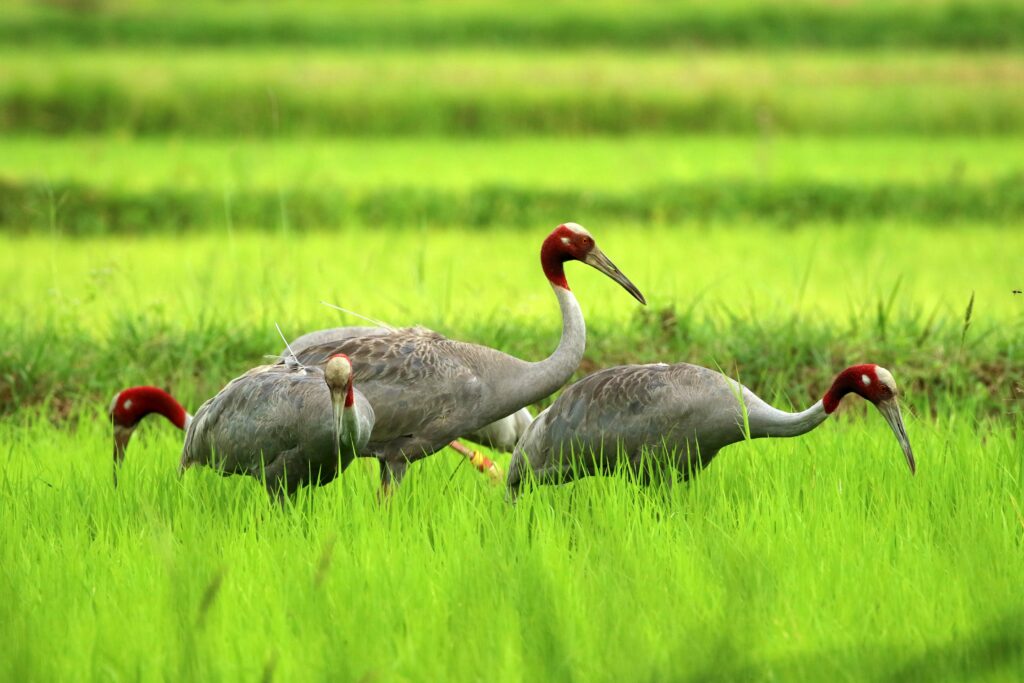
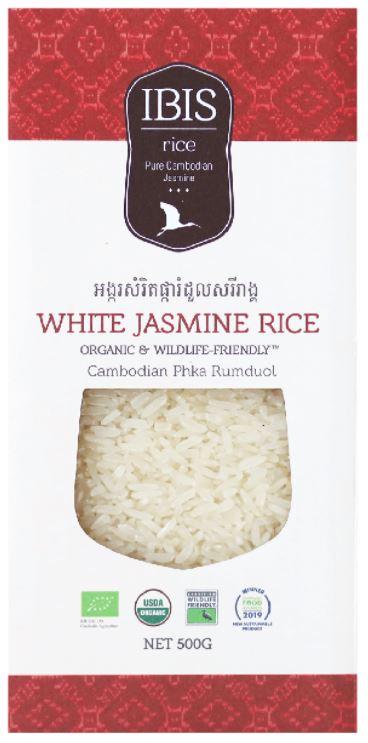
BIGGER PROBLEM
These vital places, all in dire need of conservation action, are spread across 48 countries on six continents. Despite having already suffered conversion of 80 per cent of its coastal wetlands, Canada’s Fraser River Delta still supports over 1.7 million birds annually, with 30 species exceeding global or national criteria for designation as an IBA. James Casey of Birds Canada (BirdLife Partner) explains that even the remaining avian visitors are not safe, with a proposal for a new container port by the Vancouver Fraser Port Authority the “most immediate and highest priority threat”.
Infrastructure also imperils Portugal’s Tejo (or Tagus) Estuary, which lies adjacent to the national capital of Lisbon and hosts over 100,000 waterbirds, more than half comprising wintering Black-tailed Godwits (Near Threatened). Two million people live around this IBA in Danger, and a proposed new airport risks juxtaposing aircraft and bird flight paths – never a safe combination, for birds or people.
Argentina should shortly sign into law the creation of Ansenuza National Park, incorporating Mar Chiquita, South America’s largest salt lake, which is frequented by up to a million waterbirds. Formal protection may come in the nick of time for this IBA in Danger, which, says Laura Dodyk of Aves Argentinas (BirdLife in Argentina), is suffering “severe pressure from factors such as alteration of the hydrological regime, pollution, over-exploitation and consequent loss of biodiversity”.
In Australia, Bruny Island was identified as a KBA in Danger during 2017. The Tasmanian island episodically hosts large breeding populations of Swift Parrot (Critically Endangered) and is one of the last remaining refuges for Forty-spotted Pardalote (Endangered), but under current laws the prospect of logging its native forests remains. BirdLife Australia has been lobbying decision-makers to strengthen nature legislation, protect Swift Parrot breeding habitat and invest in the future job creation and economic benefits that intact forests can provide to local communities. Swift Parrots and Forty-spotted Pardalotes are threatened in other Australian KBAs too, so “Bruny alone will not save these species”, says Dean Ingwersen (BirdLife Australia). “But without Bruny we have no chance”.
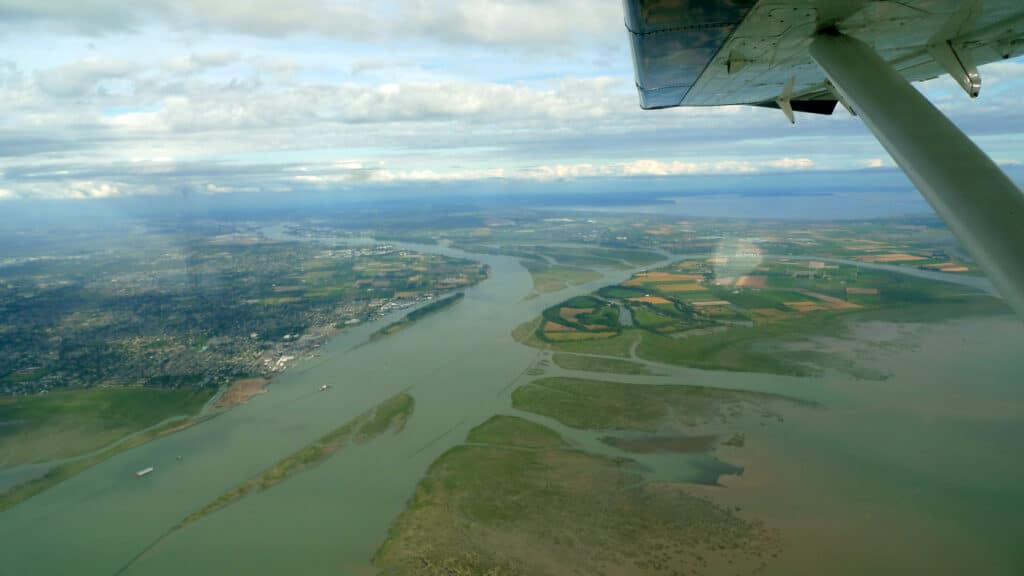
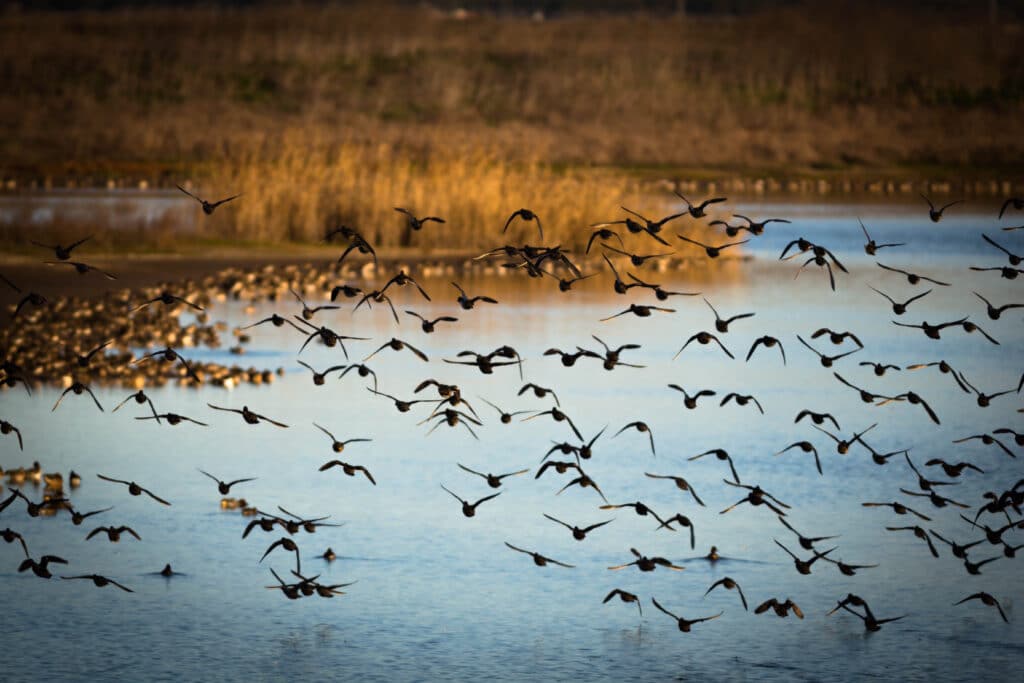
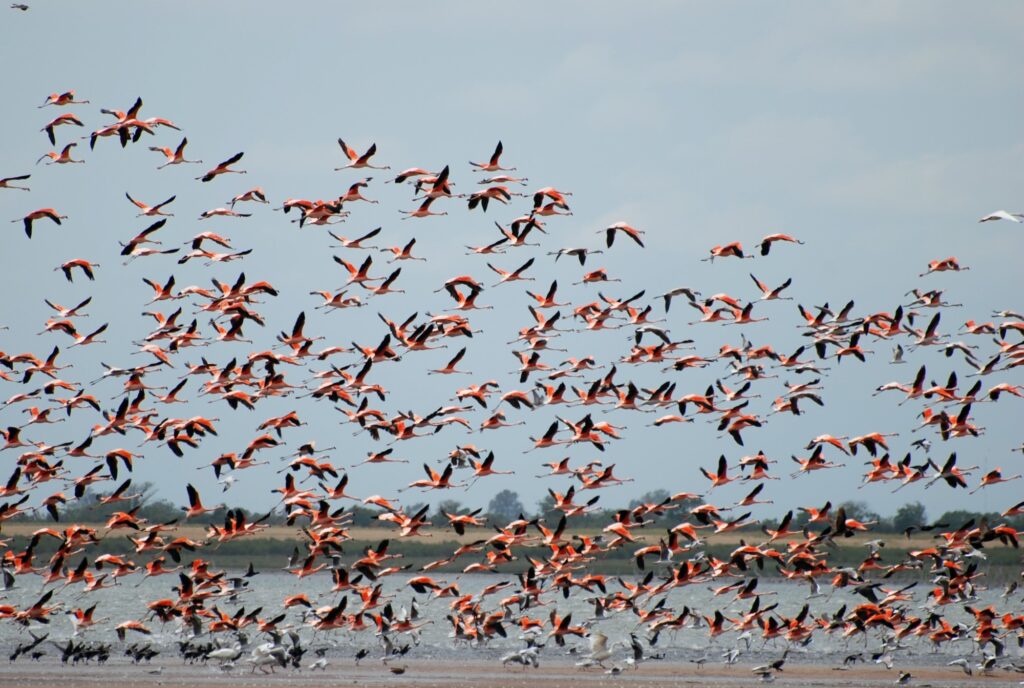
GETTING WITH THE PROGRAMME
It is the BirdLife Secretariat, through its IBA Programme, that puts all this evolving information together to deliver a global perspective. And it does much more besides. Zoltan Waliczky (BirdLife’s Global IBA Programme Co-ordinator) explains that the Secretariat advocates for safeguarding IBAs in Danger at the international level, such as through the Ramsar Convention or at development banks.
The Secretariat also enlists the support of other international conservation organisations through the KBA Partnership and enhances BirdLife Partners’ national campaigns, including through direct engagement with decision-makers and by mobilising expertise to where it is most needed. “We also publish a ‘story map’,” Waliczky says, “that showcases how BirdLife Partners are actively addressing the most severe threats at IBAs in Danger.”
Lomphat itself is a case in point. Bou explains how BirdLife in Cambodia is addressing the most urgent pressures facing the IBA. Ahead of the 30th anniversary of the sanctuary’s formal designation next year, NatureLife’s ambition is impressively bold – but nothing less than Lomphat merits. Indeed, nothing less than Lomphat demands. Through structures known as ‘community protected area committees’, Bou says that NatureLife is “supporting and encouraging the local community to become involved in bird conservation, and in the protection and restoration of habitat”. One element involves incentivising local communities to manage the forest sustainably, in ways that not only help conserve key flagship species such as Giant Ibis but also, critically, enhance their own livelihoods. Bou envisages scaling up the IBIS Rice scheme and improving the efficiency of farmers’ resource use alongside “strengthening community-based ecotourism, offering small grants for community protected area management and conducting educational outreach”.
NatureLife anticipates beefing up the partnerships that manage, protect and enforce the law at Lomphat. The organisation is particularly keen to suppress illegal activities, from mining and logging to hunting and land grabs. In the short term this partly involves equipping rangers with new mobile software to report and record transgressions from the field, and strengthening community capacity to remove snares from trapaengs favoured by cranes, adjutants and ibises.
This year NatureLife will complete fuller baseline surveys of ibis populations. Critically, it aims to expand living space available for these and other globally threatened birds so that, Bou says, they have “greater breeding success”. NatureLife aims to reduce deforestation and save key birds’ habitats by preventing land encroachments, persuade the Cambodian government to release 300 hectares from existing economic land concessions and designate the area for conservation, “successfully lobby concession-holders to scale up their environmental responsibilities” and launch a REDD+ initiative (a financial mechanism seeking to reduce emissions from deforestation and degradation).
Bou also envisages bolstering local capacity such that communities “take a key role in protecting the forest and its globally threatened species”. For that Giant Ibis foraging beside the Lomphat traepang, this combination of planned outcomes would be very good news indeed.
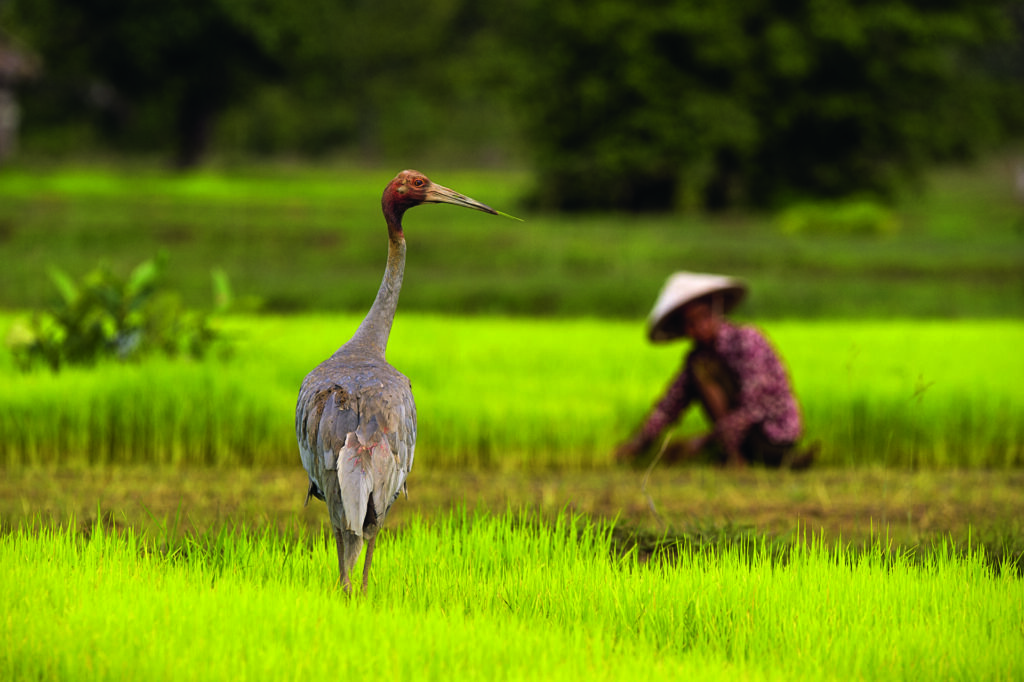
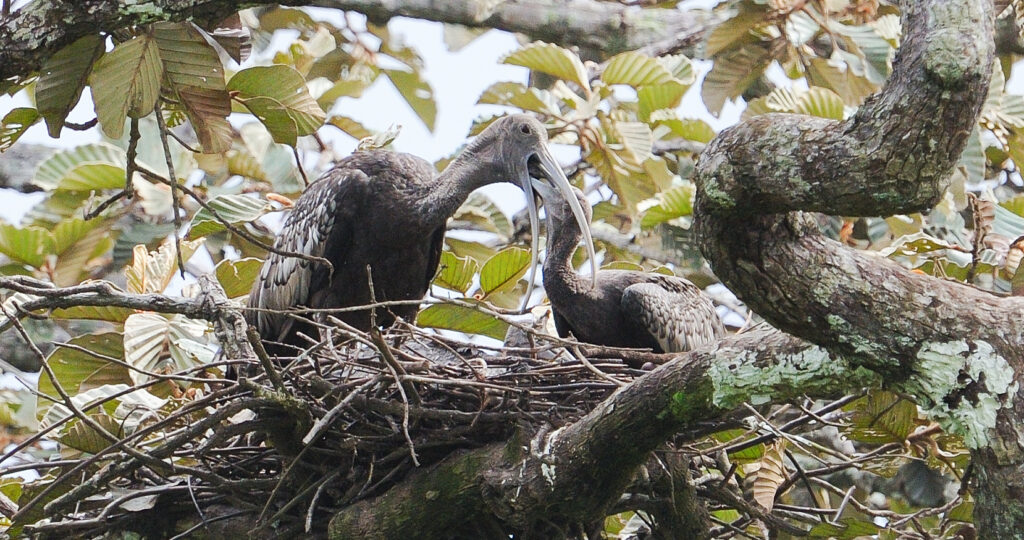
Five IBAs in danger
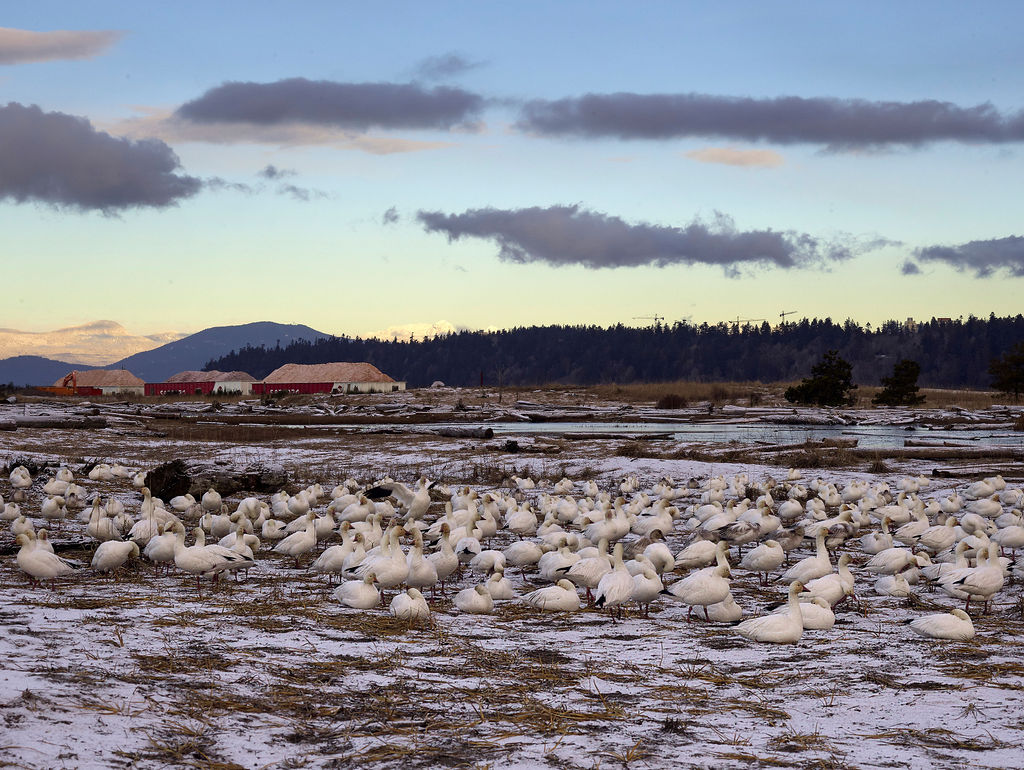
Canada – Fraser Estuary
- Size: 76,000 hectares
- Key Species: Numerous waterbirds including Western Sandpiper
- Key Pressures: Climate Change related sea-level rise, urbanisation, agricultural land conversion, shipping related infrastructure development
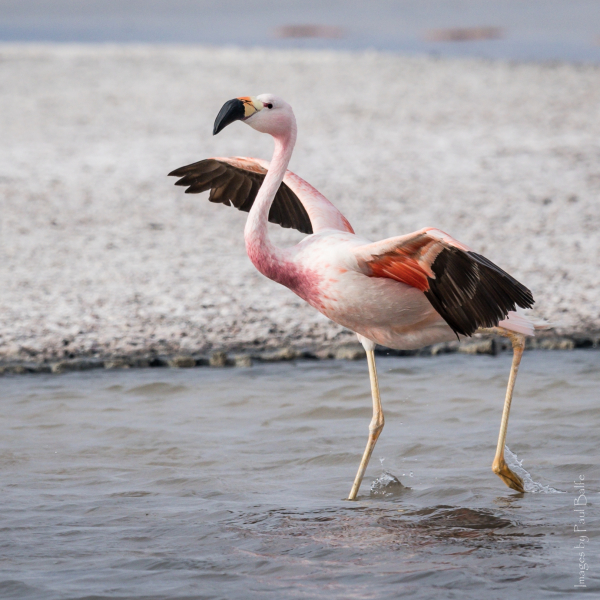
Argentina – Mar Chiquita (future Ansenuza National Park)
- Size: 1.32 million hectares
- Key Species: Andean Flamingo (Vulnerable), Puna Flamingo (Near Threatened), Chilean Flamingo (Near Threatened)
- Key Pressures: Unregulated water extraction, pollution, agricultural expansion
Image: © Paul Balfe
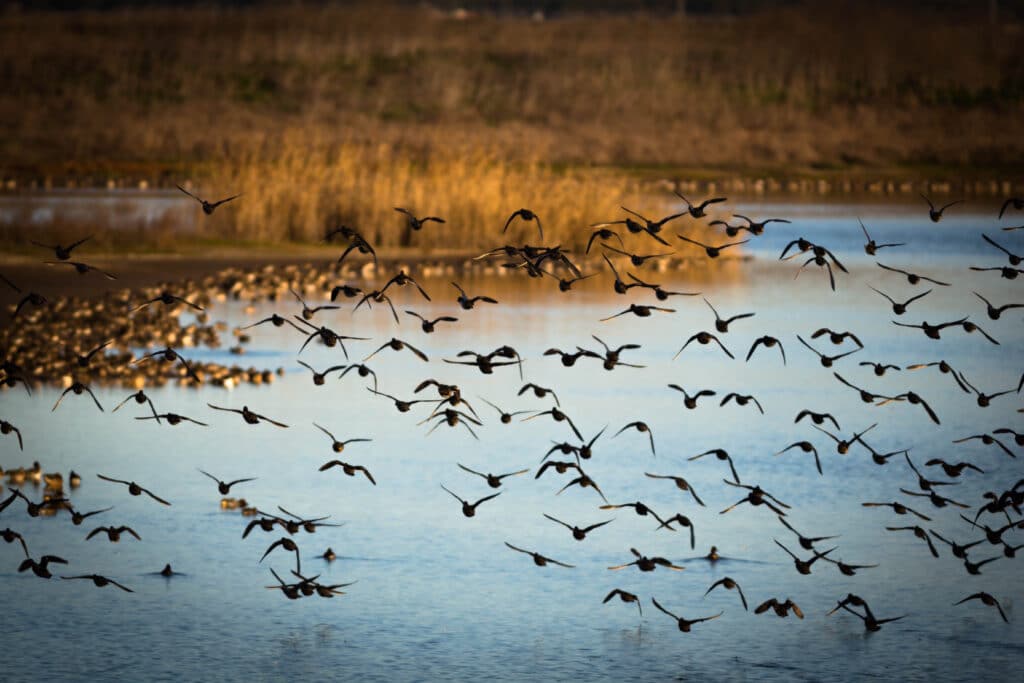
Portugal – Tejo/Tagus Estuary
- Size: 45,071 hectares
- Key Species: Little Bustard (Near Threatened), Black-Tailed Godwit (Near Threatened)
- Key Pressures: Planned new airport, collision with power lines, pollution, disturbance
Image: Tagus Estuary Lisbon Portugal © Paulo_Valdivieso
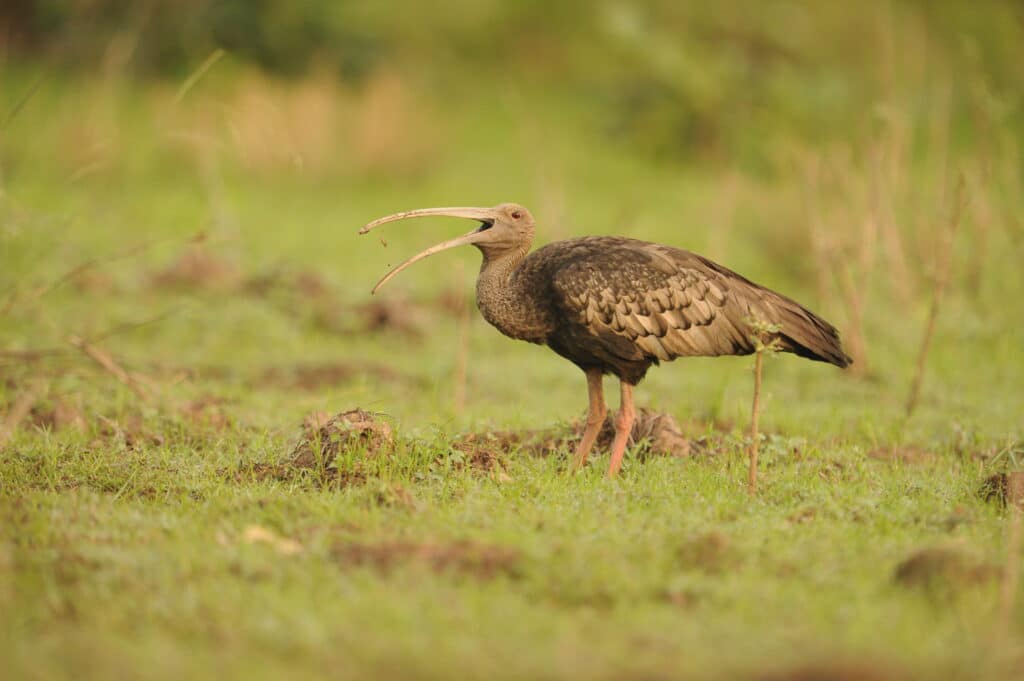
Cambodia – Lomphat Wildlife Sanctuary
- Size: 250,000 hectares (Wildlife Sanctuary) & 306,397 (Lomphat IBA)
- Key Species: Giant Ibis (Critically Endangered), White-necked Ibis (Critically Endangered), Red-headed Vulture (Critically Endangered), Sarus Crane (Vulnerable), Greater Adjutant (Endangered), Lesser Adjutant (Vulnerable), Green Peafowl (Endangered)
- Key Pressures: Deforestation, other environmental degradation, exploitation of natural resources, enforcement issues
Image: Giant Ibis © Jonathan Eames
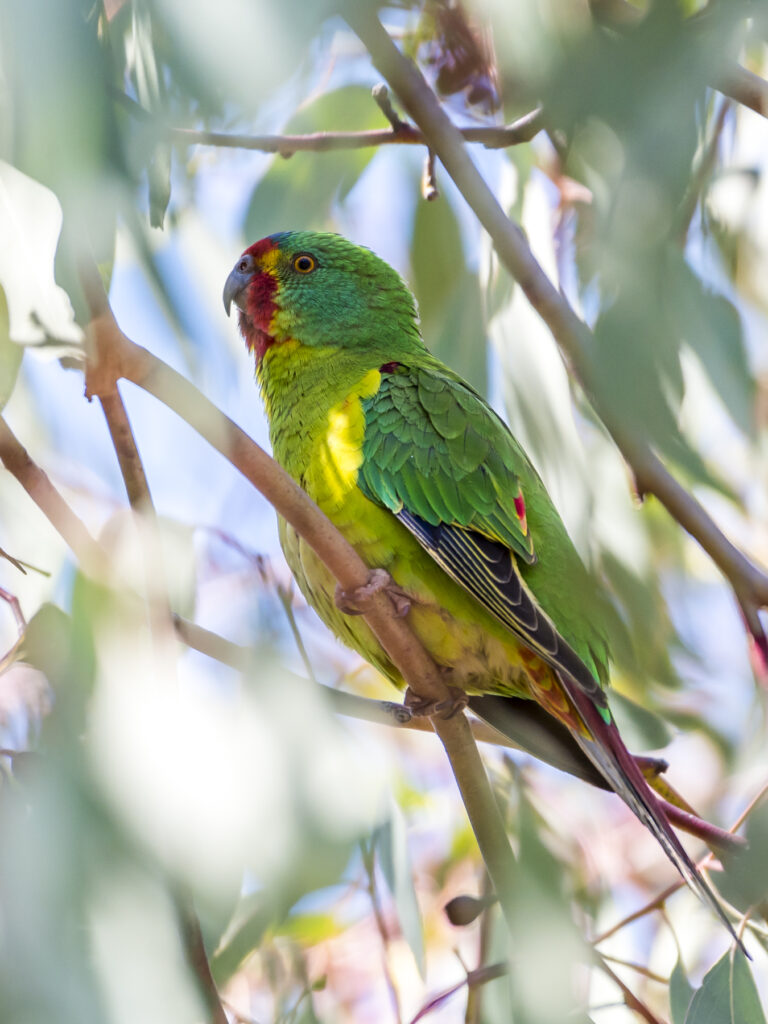
Australia – Bruny Island
- Size: 40,103 hectares
- Key Species: Swift Parrot (Critically Endangered), 40-spotted Pardalote (Endangered)
- Key Pressures: Deforestation (commercial and private)
Image: Swift Parrot © Gunjan_Pandey
There are 277 IBAs in danger right now but you can help protect them.
Also published in the BirdLife Magazine January-March 2022.